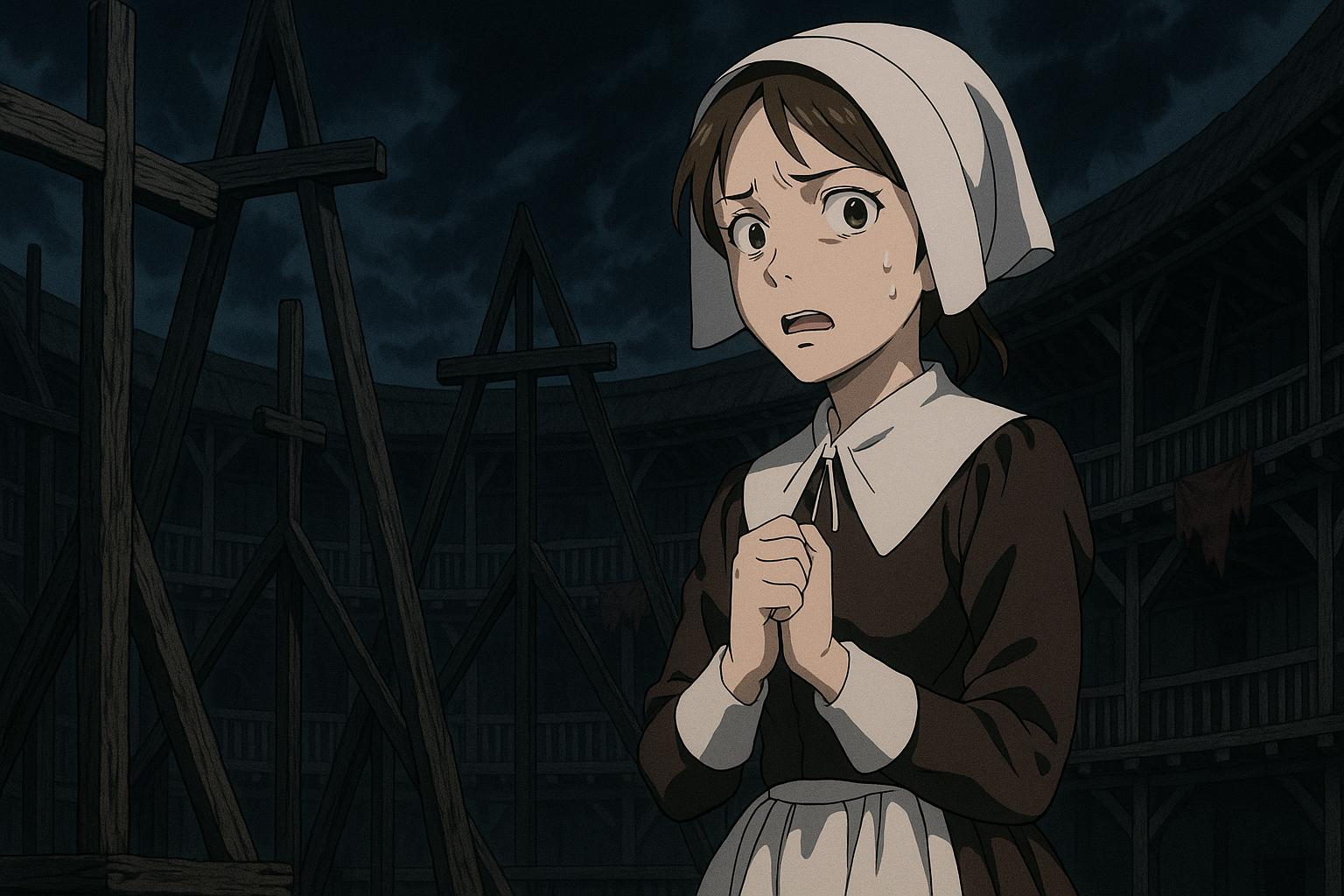Arthur Miller’s "The Crucible" continually proves itself to be a beacon of relevance, particularly in contemporary society, which is rife with combinations of disputed truths and ideological struggles. As we navigate a landscape fraught with hysteria and scapegoating, revisiting Miller’s exploration of these themes is not just timely; it is essential. The recent production at Shakespeare’s Globe Theatre, directed by Ola Ince, starkly reflects these enduring concerns.
Set against the backdrop of the tumultuous Salem witch trials of the 17th century, this rendition remains true to its historical roots, presenting period costumes such as bonnets and pointed hats while employing a range of British accents that lend authenticity to the performances. Ince’s direction infuses the classic narrative with a nuance that is both unsettling and enlightening. Employing a touch of absurdist humour, the play critiques the irrationality of mass hysteria; the absurdity of situations such as flying girls and accusations of witchcraft are rendered all the more poignant when treated with a measure of levity. Judges, particularly Deputy Governor Danforth, portrayed by Gareth Snook, are depicted as bumbling figures, evoking a sense of irony that underscores the gravity of the characters' moral failings.
Musical elements introduced by composer Renell Shaw enhance the female perspectives within a narrative often dominated by male authority. This creative choice is particularly striking as it allows the town’s women to vocalise their struggles, contributing to a broader understanding of the psychological pressures that underpin Miller’s narrative. Performances from Gavin Drea as John Proctor and Hannah Saxby as Abigail Williams are highlighted, showcasing the intense dynamics of their illicit relationship. The emotional stakes during court confrontations resonate powerfully, particularly in scenes involving Elizabeth Proctor and the troubled Mary Warren, played effectively by Bethany Wooding, revealing the destructive power of peer pressure in a time of collective fear.
The set design by Amelia Jane Hankin complements the production's themes with its minimalism. There is an almost haunting beauty to the stark wooden structures that emphasise the piety and severity of the period. Certain tableau moments, where the accusers stand frozen like statues waiting to face their fates, evoke a palpable tension that enhances the audience's sense of impending doom.
While the production is engaging, it unfortunately suffers from a pacing issue, particularly noticeable in the third act, which stretches to three hours. Despite these slower points, the emotive weight of key scenes is enough to recover some momentum. It is noteworthy that this production not only marks a significant moment for the Globe Theatre as the first non-Shakespearean play to be showcased, but it also offers a fresh lens through which to view Miller’s masterwork, making it a fitting choice for such a historic venue. Artistic Director Michelle Terry has expressed a desire to reimagine modern classics within the Globe’s unique framework, and this production exemplifies that vision.
Ultimately, "The Crucible" at Shakespeare’s Globe stands as a powerful reminder of how art can reflect, critique, and challenge our societal norms. In an era where issues like political persecution and truth distortion are increasingly prevalent, Miller’s narrative resonates profoundly, offering audiences both an educational and emotional experience that lingers long after the curtain falls.
Reference Map
- Paragraph 1: [1], [2], [5]
- Paragraph 2: [1], [2], [3], [6]
- Paragraph 3: [1], [2], [4]
- Paragraph 4: [1], [3]
- Paragraph 5: [1], [5]
- Paragraph 6: [4], [6], [7]
- Paragraph 7: [1], [2], [5]
Source: Noah Wire Services
